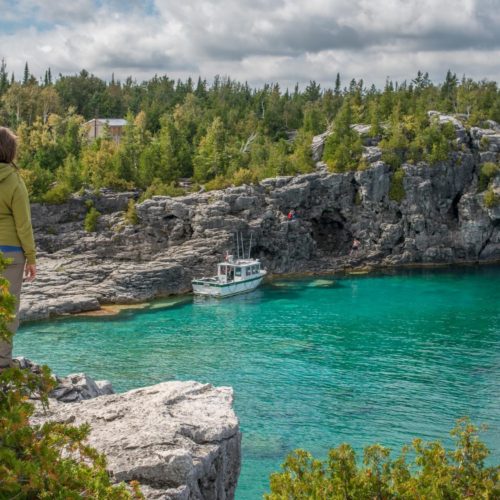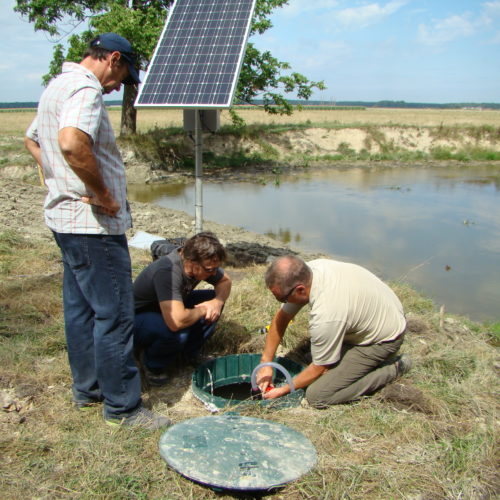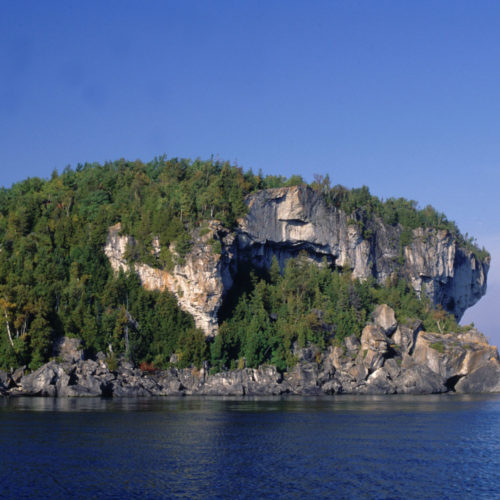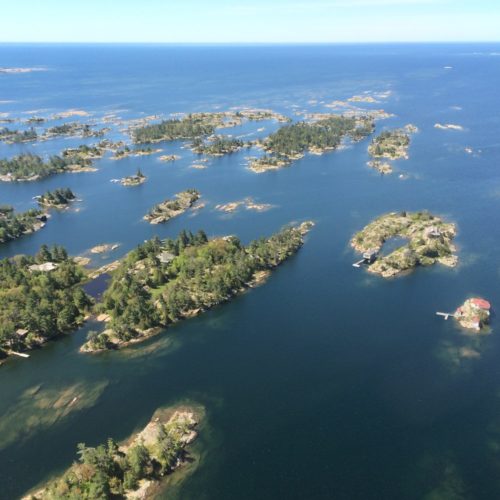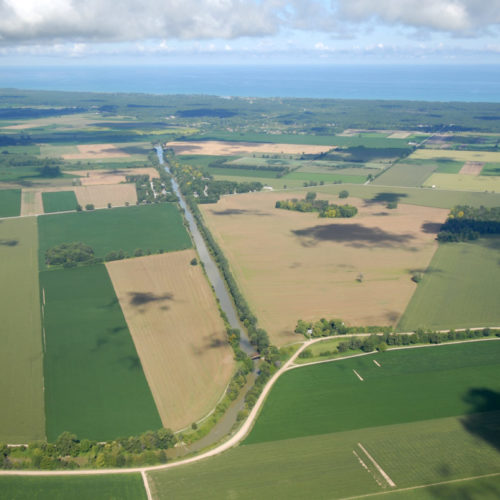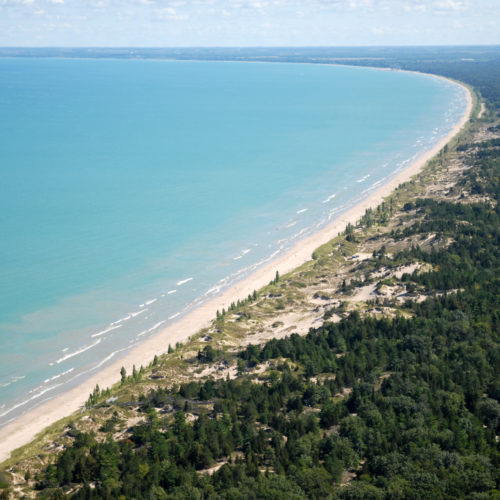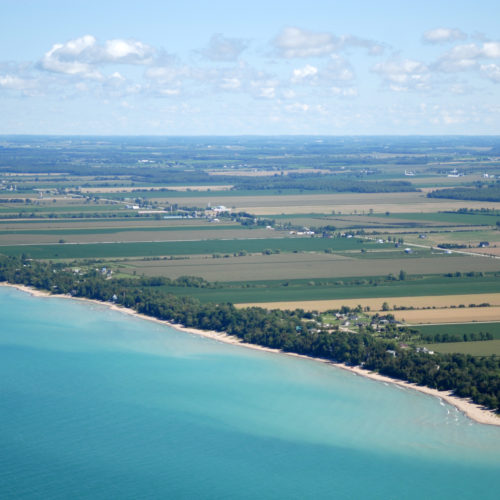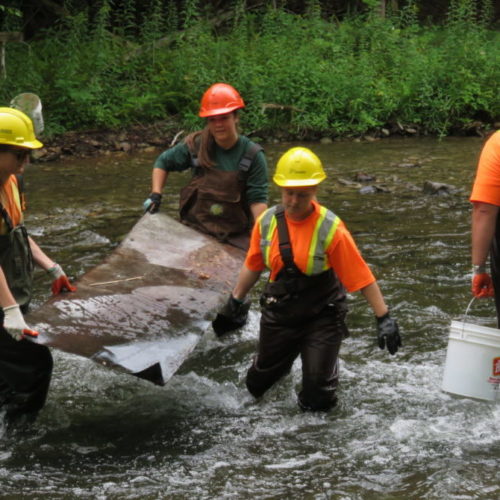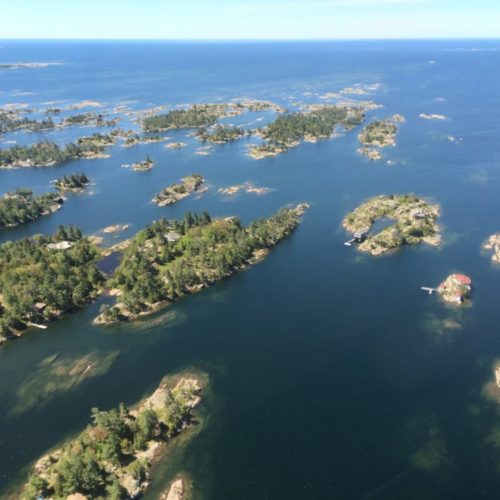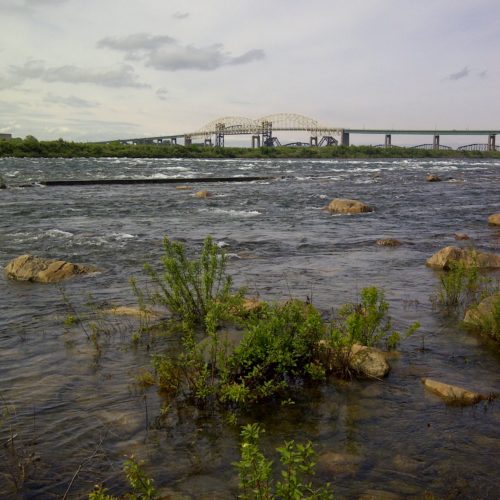Following the Lake Huron-Georgian Bay Virtual Summit in autumn 2020, participants expressed an interest in coming together again to discuss community engagement in more detail. On June 22 we held a mini-summit on this subject featuring four inspiring presentations:
- Youth Engagement, Kyla Judge, Georgian Bay Biosphere
- The 2020 Healthy Lake Huron #PieceofthePuzzle Social Media Campaign, Jessica Van Zwol, St. Clair Region Conservation Authority
- Great Lakes Water Quality: Community Contributions and Canadian-Indigenous Collaboration, Elaine Ho, Lake Huron Collaborative
- Engaging Local Government and its Leaders – They Aren’t all the Same!, Nigel Bellchamber, Municipal Consultant and Member of the Ashfield Colborne Lakeshore Association
We are happy to report that we had over 60 registrants from across the basin with representation from First Nations, government, conservation authorities, NGOs, and the community. Following the presentations, breakout rooms were used to allow for more interactive discussion among participants on the topics of knowledge building and knowledge sharing, influencing decision makers, and influencing stewardship.
Thank you to all who participated, presented, and shared knowledge and experiences during the mini-summit! The recording of the mini-summit can be found below and will be available for one month. Slide decks are available on the Resources page.
We want to hear from you! Please take this 1 minute survey to tell us what topics you would be interested in for another mini-summit in the future. The survey will be open for one month.
